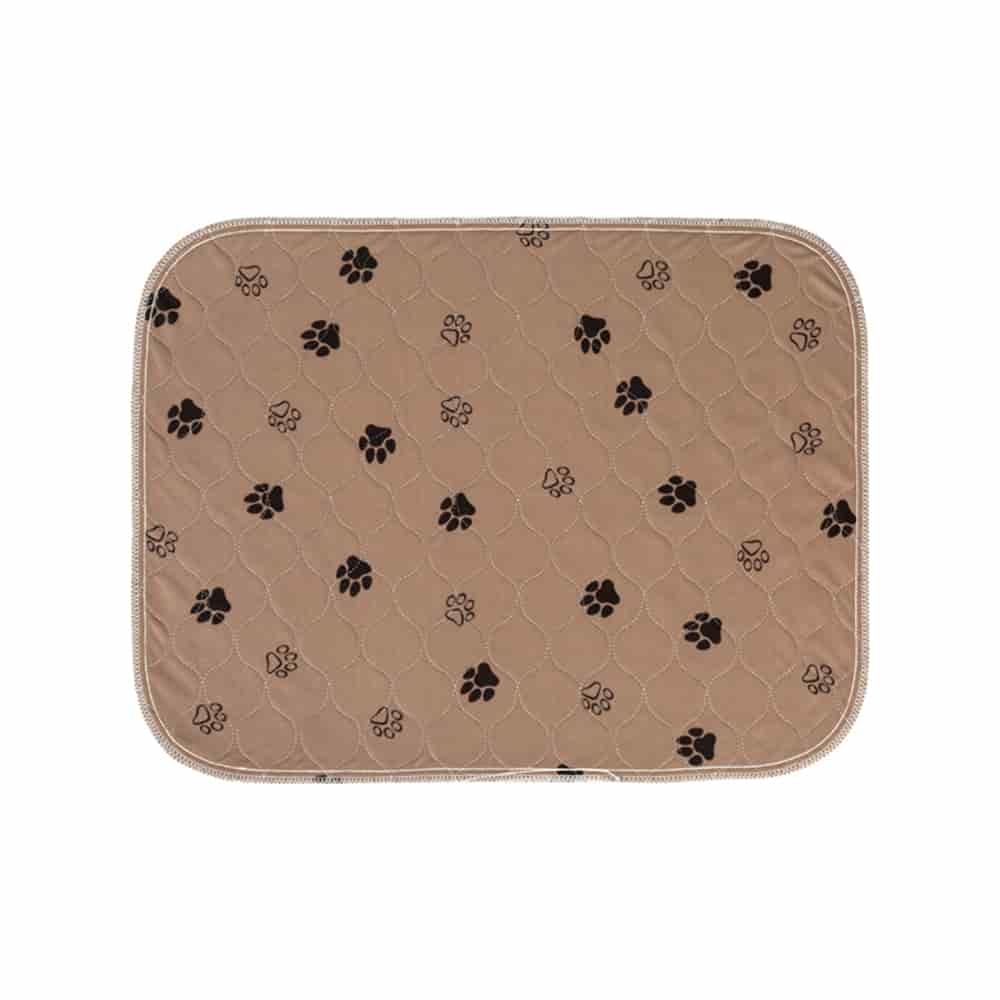Establishing a consistent and predictable routine for your pet using reusable training pads involves several steps and consistent reinforcement. Here's a guide on how to do it:
1. Choose a Designated Area:
Select a specific location in your home where you want your pet to use the training pad. This area should be easily accessible to your pet and convenient for you.
2. Place the Training Pad:
Lay the reusable training pad in the chosen location. Ensure it covers enough space to accommodate your pet's needs and provides room for them to comfortably use it.
3. Schedule Regular Potty Breaks:
Establish a regular schedule for potty breaks. Puppies, in particular, have predictable times when they are likely to need to relieve themselves, such as after eating, drinking, waking up, or playing.
Take your pet to the training pad at these specific times. Be consistent with the schedule to reinforce the routine.
4. Supervise Your Pet:
Supervise your pet closely, especially during the initial training period. Watch for signs that they need to go, such as sniffing, circling, or whining.
5. Use Commands:
Use a specific command or cue, such as "Go potty" or "Use the pad," when guiding your pet to the training pad. Repeating the same command helps them associate it with the desired behavior.

6. Positive Reinforcement:
When your pet successfully uses the training pad, immediately provide positive reinforcement. This can include verbal praise, treats, or affection. Make the experience positive and rewarding.
7. Consistency is Key:
Stick to the routine diligently. Consistency is crucial in reinforcing the desired behavior. Avoid scolding or punishment if accidents happen. Instead, focus on rewarding and encouraging successful pad use.
8. Gradual Transition:
As your pet becomes more accustomed to using the training pad, gradually transition to outdoor potty training if that is your ultimate goal. Move the pad closer to the exit door and encourage your pet to go outside when possible.
9. Clean-Up and Odor Control:
Promptly clean and maintain the training pad to prevent odors and maintain cleanliness. Use pet-safe cleaners to neutralize odors and keep the area fresh.
10. Extend Time Between Potty Breaks:
Over time, extend the time between potty breaks as your pet becomes better at holding their bladder. This helps reinforce bladder control and gradually reduces reliance on the training pad.
11. Monitor Progress:
Continuously monitor your pet's progress. Pay attention to any signs of increased understanding and control over their potty habits.
12. Be Patient:
Training takes time, and setbacks may occur. Be patient with your pet and remain consistent in your approach.

 English
English Deutsch
Deutsch









